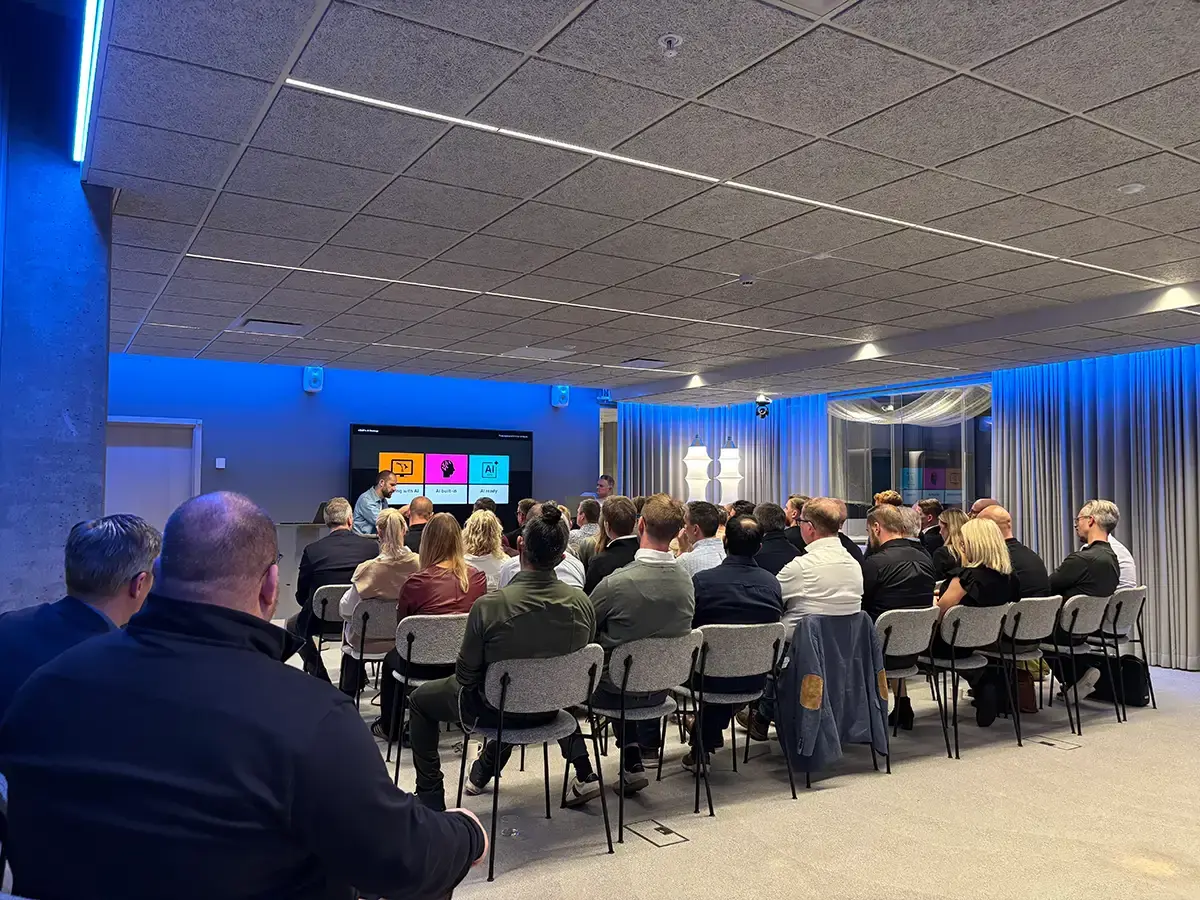
Delivery costs can be a significant expense for businesses, especially those that rely heavily on e-commerce. However, by leveraging tracking technologies, businesses can reduce costs while improving the post purchase experience. Here are five ways that tracking can help reduce delivery costs:
1. Avoiding failed deliveries
Failed deliveries can be a significant cost for businesses, especially if a package needs to be returned to the sender or redelivered. To avoid failed deliveries, businesses can use tracking to ensure that the customer is available to receive the delivery. By providing real-time updates on the delivery status, businesses can help customers plan to be available when the package arrives. Additionally, businesses can offer customers the option to choose a delivery window that works best for them, reducing the likelihood of missed deliveries.
2. Optimising routes
Delivery routes can have a significant impact on delivery costs. By analyzing tracking data, businesses can optimize routes to reduce mileage, fuel consumption, and labor costs. For example, businesses can use tracking data to identify the most efficient delivery routes based on traffic patterns and customer locations. Additionally, businesses can use tracking to monitor delivery times and adjust routes as needed to ensure timely delivery.
3. Reducing theft and loss
Theft and loss of packages can be a significant cost for businesses. Using tracking technologies, businesses can reduce the likelihood of theft and loss. For example, businesses can use GPS tracking to monitor the location of delivery vehicles and packages in real-time. Additionally, businesses can use RFID tags to track packages throughout the delivery process, reducing the likelihood of packages being lost or stolen.
4. Improving customer service
Tracking technologies can also help businesses improve customer service while reducing costs. By providing real-time updates on delivery status, businesses can reduce the number of inquiries and complaints from customers. Additionally, businesses can use tracking data to identify delivery issues and proactively communicate with customers to resolve them. By improving customer service, businesses can increase customer satisfaction and loyalty, reducing the costs associated with customer churn and the amount of WISMO calls.
5. Streamlining operations
Finally, tracking technologies can help businesses streamline their delivery operations, reducing costs and improving efficiency. Automating tracking and delivery management can reduce manual labor costs and improve efficiency. For example, businesses can use tracking data to automatically generate delivery routes, reducing the need for manual route planning. Additionally, businesses can use tracking to monitor delivery times and adjust schedules as needed, reducing the need for manual intervention.
In conclusion, tracking technologies can be a powerful tool for reducing delivery costs while improving the customer experience. Businesses can reduce costs and increase efficiency by avoiding failed deliveries, optimizing routes, reducing theft and loss, improving customer service, and streamlining operations. To get started with tracking, businesses should evaluate their current delivery processes and identify areas where tracking technologies can be used to reduce costs and improve efficiency.
By taking a strategic approach to tracking, businesses can reduce delivery costs while improving the customer experience and increasing profitability.
About the author





